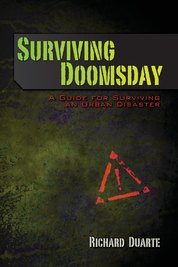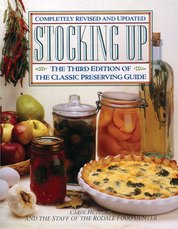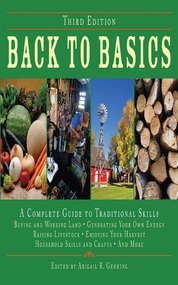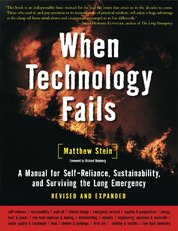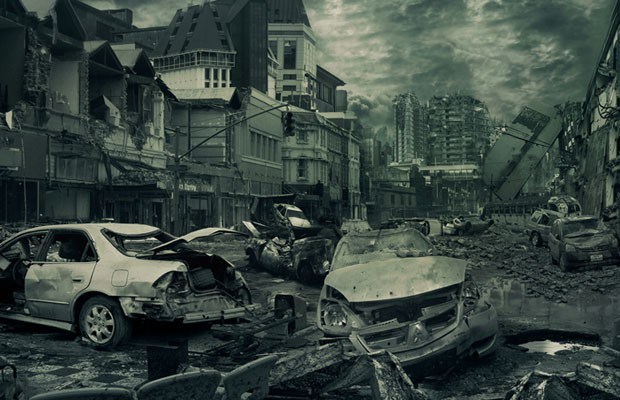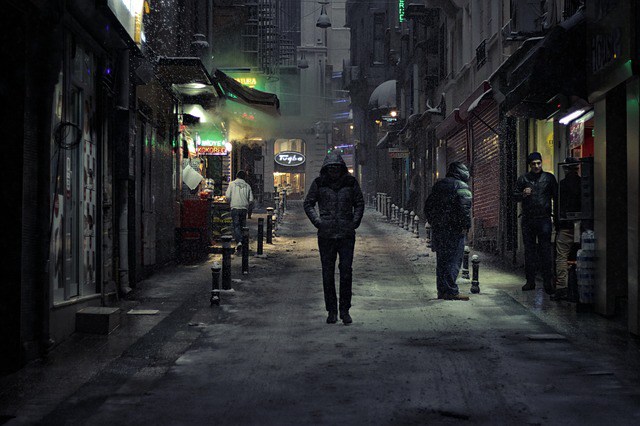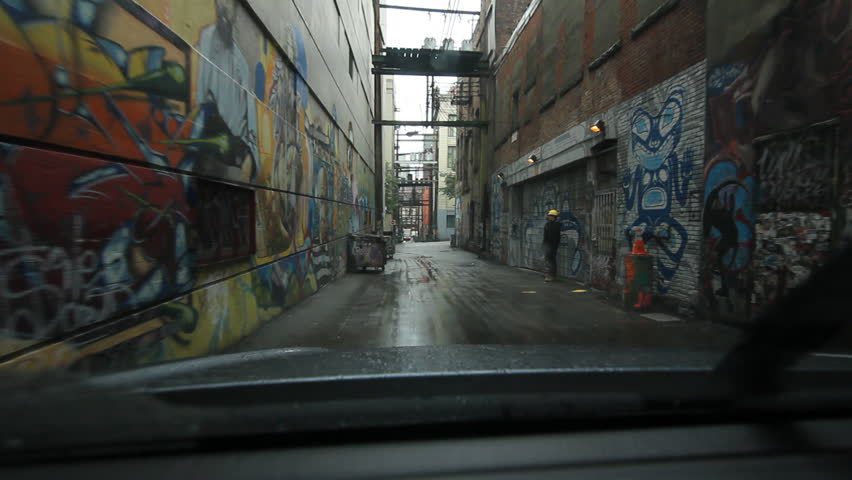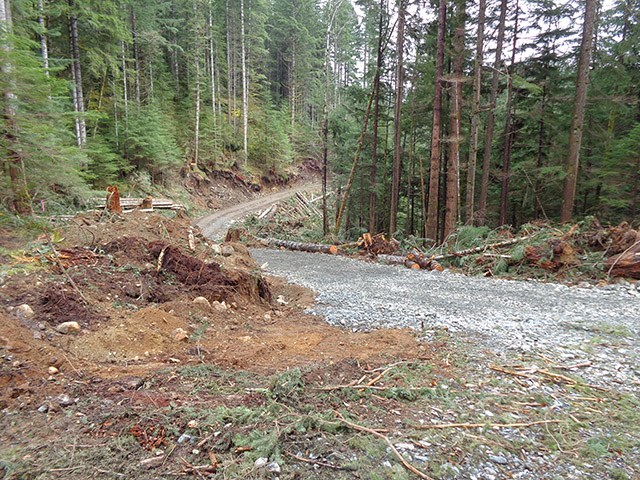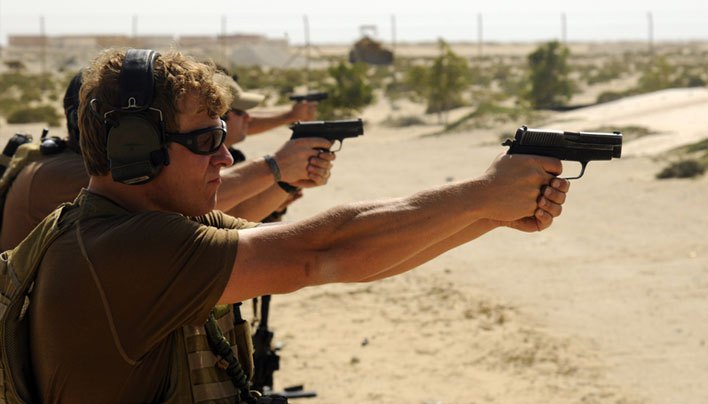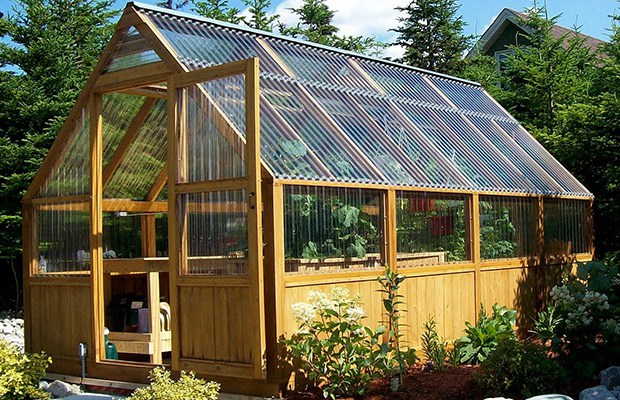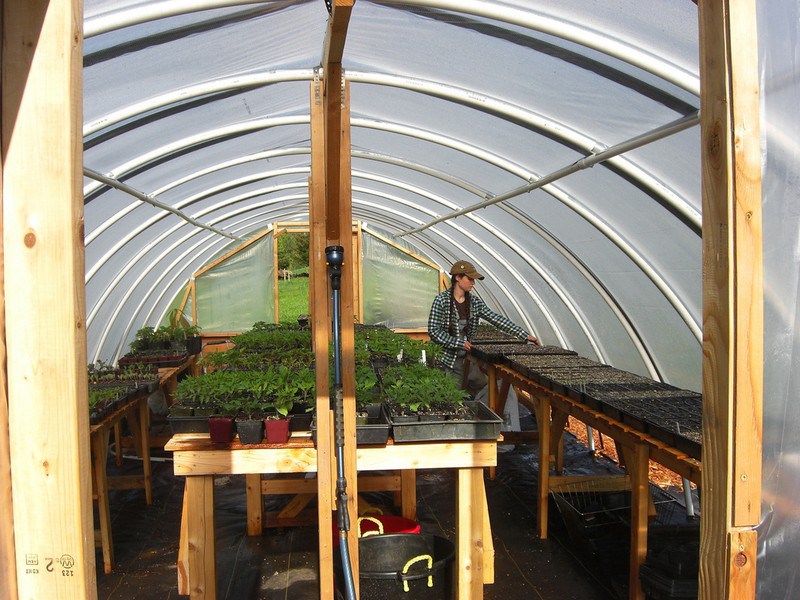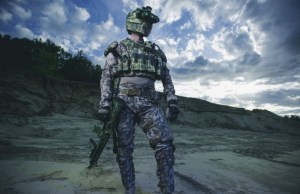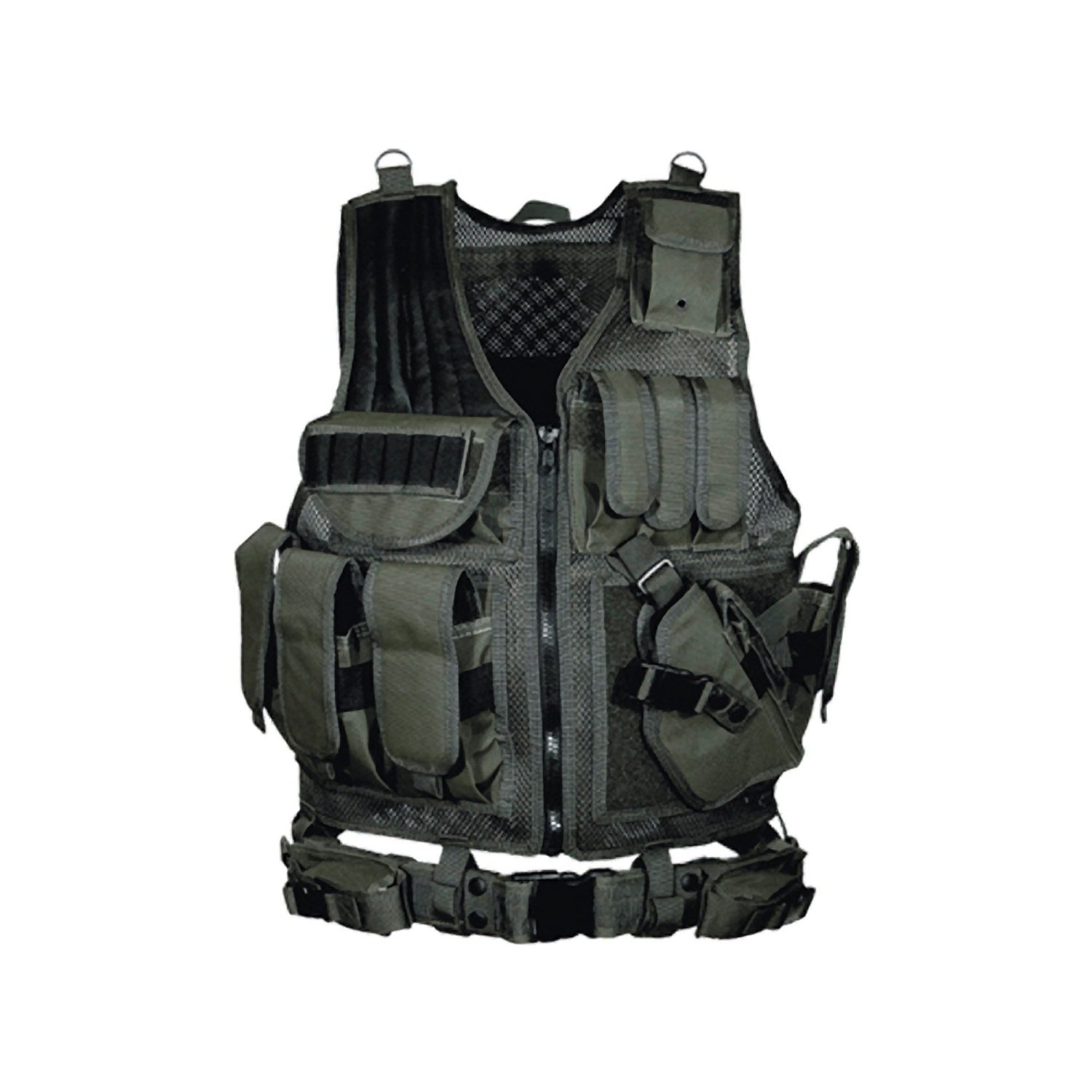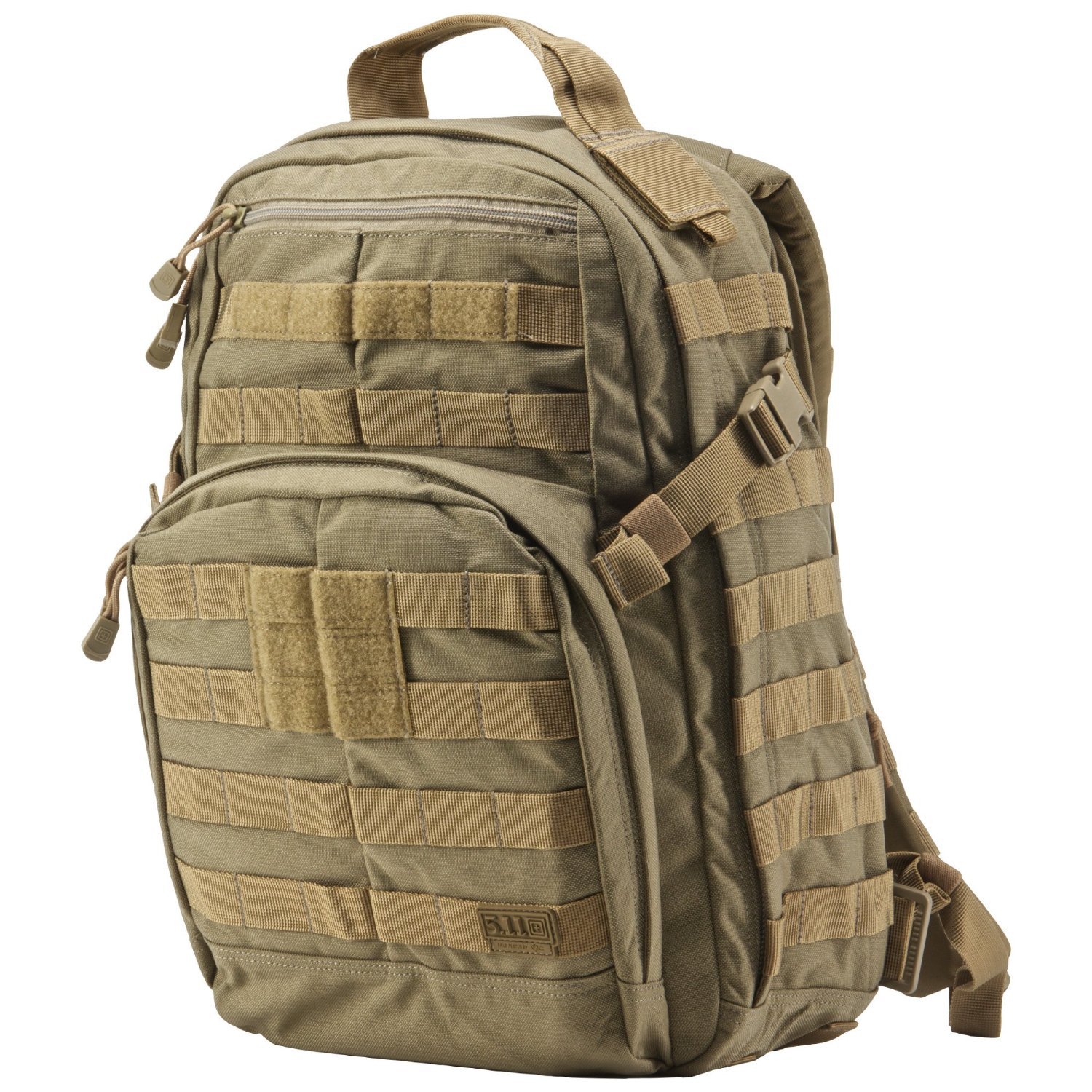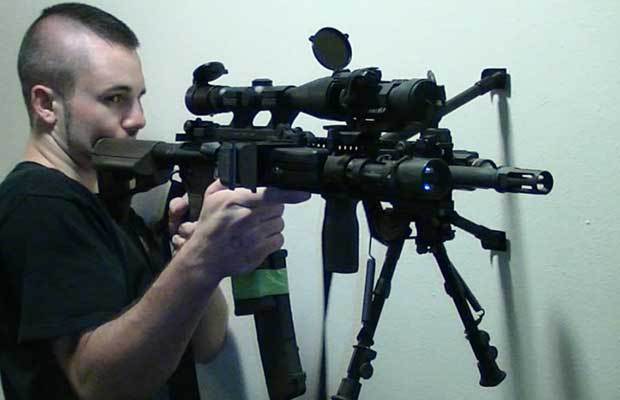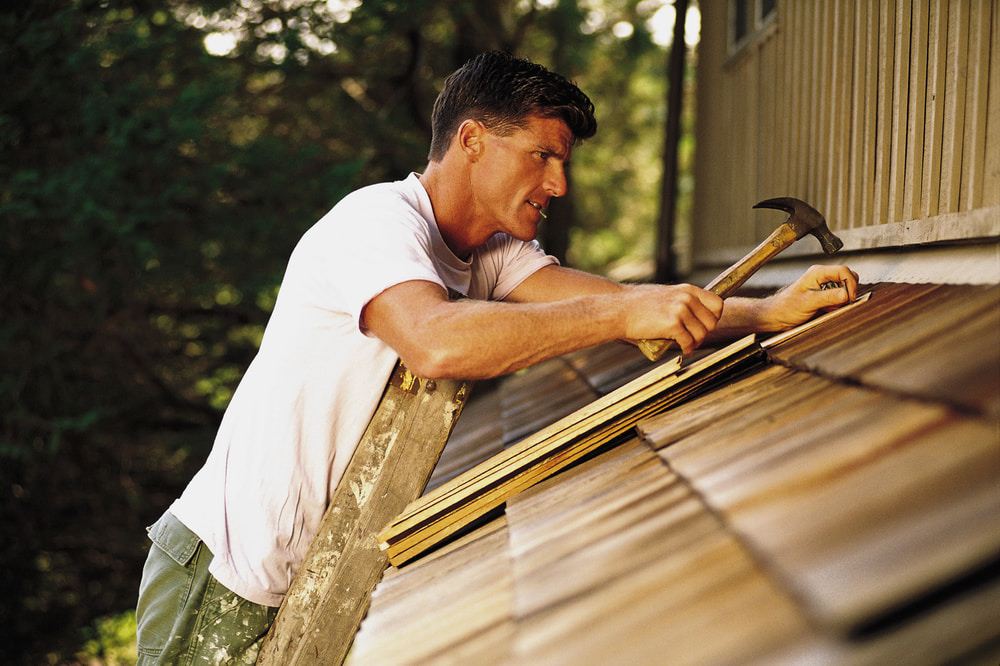Start Prepping With Limited Funds? Here’s What You Need to Know.
Considering the regular commitments like mortgage and car payments they have to keep up with, average income Americans may feel they have no money to start prepping for disasters. The fear of the costs involved now becomes an excuse not to prep at all.
The good news is, with some foreknowledge and skillful planning, frugal Prepping can get you almost the same results as preppers who have much more funds to work with. Knowledge, for instance, will place you in a better position to survive practically any situation better than someone else who relies on just their expensive survival gear.
Your best bet is to approach Prepping as way of life rather than just a project. Take slow and steady steps as your financial resources allow to begin stockpiling water, food and other basic survival necessities and before you know it you will be pleasantly surprised to see how much your stash has grown.
Here are a few ideas on how to start prepping that will point you in the right direction.
- Start with a Budget.
Considering your present financial position, how much can you reasonably afford to put aside monthly towards your Prepping goals? Check your current expenses to see if there are items you can reduce or eliminate completely and add that sum to your Prepping budget. Get a journal and put this figure down in writing.
- Do an In-House Inventory
A quick check and you would be surprised to see that you actually have more useful survival stuff lying unused around your house than you thought. Items like pots, pans, blankets and sheets are always needed in survival situations. Assessing what you have already will prevent the mistake of going out and buying it again. Once you’ve sorted out your things, you may find long disused items that can be sold on sites like eBay. Add any money realized to your Prepping budget.
- Opt for Performance Rather than Brand Name
Let’s face it: many low-end products can do just as well as the high-end brand names, it’s more a matter of perception. The brands you buy for items like survival knives, lighters, firearms and even toilet paper can make over 70% difference in price depending on the manufacture’s name. Instead of focusing solely on brand name as a selection criteria, think in terms of functionality, durability, safety, adaptability and so on. We’re not recommending buying the cheapest possible items but a more balanced approach to spending. You could also take some time reading reviews from users of some of these cheaper brands to get a better picture before you decide what to spend your limited funds on.
Yard sales and Military Surplus are a good avenue for finding excellent bargains and deals on many of these items.
- Buy Used/Off-Season
(via:pexels.com)
You can easily get gently used items at fantastic knock-off prices if you take the time to look. For budget preppers, buying every survival items new hardly makes sense as the used ones will still be perfectly suited for the job at hand.
Try places like Craigslist, eBay and Military Surplus stores for bargains running up to hundreds of dollars off on used items like sleeping sets, backpacks, home utensils etc. Firearms are another item that are good used or new but you may not save too much (expect $50 to $100), as they don’t typically lose too much value. Try gun shows and pawn shops for finds on legally purchased, used firearms.
Another source of bargains is buying off-season items like camping gear in winter months or winter products in spring time.
- Prepare Your Meat
(Via: wideopenspaces.com)
Another important consideration is the meat you will be storing for the survival situation. The choices are many but if you are confident of your hunting skills, hunting deer to preserve the meat would be a good and very cost-effective option for you.
To enjoy the meat at its finest, the deer should be shot cleanly for a quick death. Marksmanship and shot placement is key here. Ideally, aim to kill mature does by shooting them in the head or neck. Once the doe is down you have about 2 hours depending on the weather, to quickly remove the entrails before the venison begins to deteriorate. Use a sharp, sturdy knife to get the cutting done.
Some hunters open a deer from the rear but a preferred approach is to cut where the ribs come together. This has the advantage of preventing you from puncturing the stomach. The deer liver, heart and kidney are delicious. Just separate them carefully from the rest of the entrails and keep them in strong Ziploc bags. Timing is important so dress it quickly and get the deer to a cooler or, in colder climates, hang it in a suitable place for aging. Ideally, aim for at least 5 days with the hide still intact in temperatures of 38 to 40 degrees Fahrenheit.
You could also age the meat after cutting up the animal, but skin it first and avoid any hair touching the carcass.
After this, you can decide to process the venison meat yourself before freezing or have it done commercially as it requires quite an investment of time and equipment to get it right. The meat once properly handled, will last you for many months ahead.
- Buy Food Items in Bulk

(via:Pixabay.com)
There’s no escaping this one. You’re going to need food every day so a little strategic planning will help here. Plan to buy food that will feed you for at least 3 to 6 months.
Buying in bulk is the way to go here. Non-perishable, dry food items and spices like whole wheat, beans, salt and rice should be top of your list. Buy them in larger bags of up to 50lbs for $20 rather than the smaller retail bags. You can conveniently get approximately 500 servings of rice from each of these 50lb bags. Cans of fruit, vegetables, dressings and powdered food items are also good for extended storage as long as you don’t exceed the expiry dates. Freeze dried food in bulk is also recommended.
On another note regarding food, the need to buy commercial survival foods is still debatable. These foods are usually expensive. You can expect to spend several thousands of dollars to feed just one person so it may be better to just buy the kind of food you would normally eat and ensure you store them properly in air tight re-sealable bags.
- Buy on Sale and use Coupons

(Via:flickr.com)
Try to take advantage of every chance you get to spend less. Watch out for sales and coupons online or offline and make use of them for items you actually need. Just because it’s on sale doesn’t mean you need to buy it.
Major food chains for instance, routinely offer money-saving coupons and you can find these on their websites, in local newspapers, Facebook pages, social media etc. Doing this will gradually save you thousands of dollars guaranteed as time goes by.
Take your time to shop around. That time will save you money. Fortunately, the internet remains a great resource for comparison shopping to find the lowest prices on items.
- Alternative Power Supply
You’re going to need a generator too and the worst time to go looking for one to buy is when the disaster has already occurred. Sometimes the prices can double because everyone wants to buy and demand is high.
If you feel you can do without a generator, fine, if not the sooner you get one the better. You can also buy them during sales, buy used or you can get brand new generators at bargain prices from people who bought before but feel they no longer need it. Ensure you test it before closing the deal.
Overall, the more knowledge you have about the expected situation, the better prepared you’ll be whatever your budget may be. You can try a test run to determine what items are absolutely essential and what you can live without in a disaster setting. This will put you, and your family, in a better position to come out okay and could make the difference between life and death in extreme cases.
And remember, you don’t have to be rich to prep, just be organized.
Considering the regular commitments like mortgage and car payments they have to keep up with, average income Americans may feel they have no money to start prepping for disasters. The

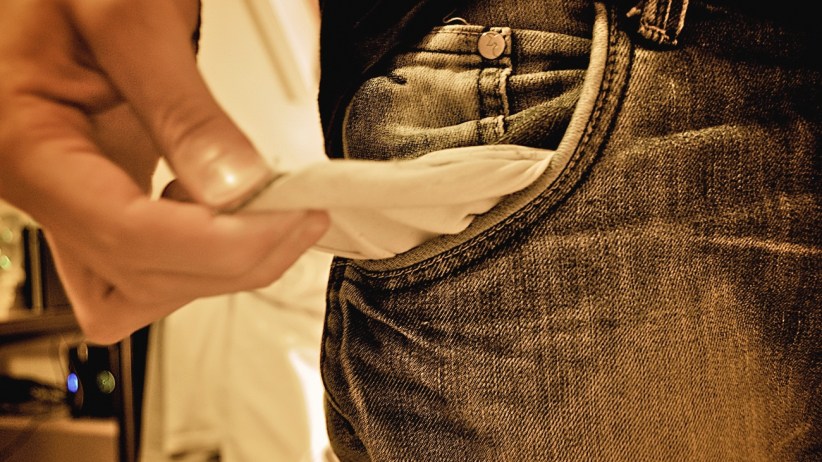










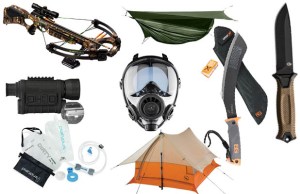
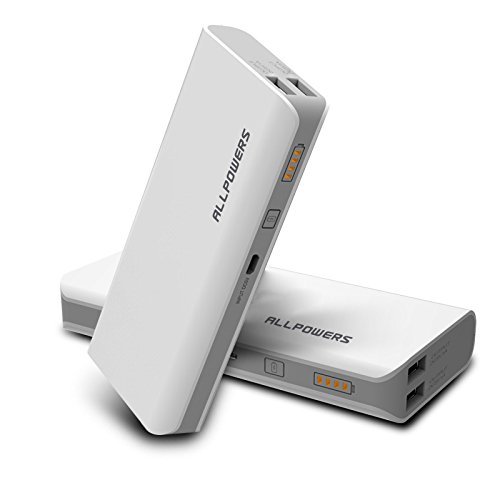
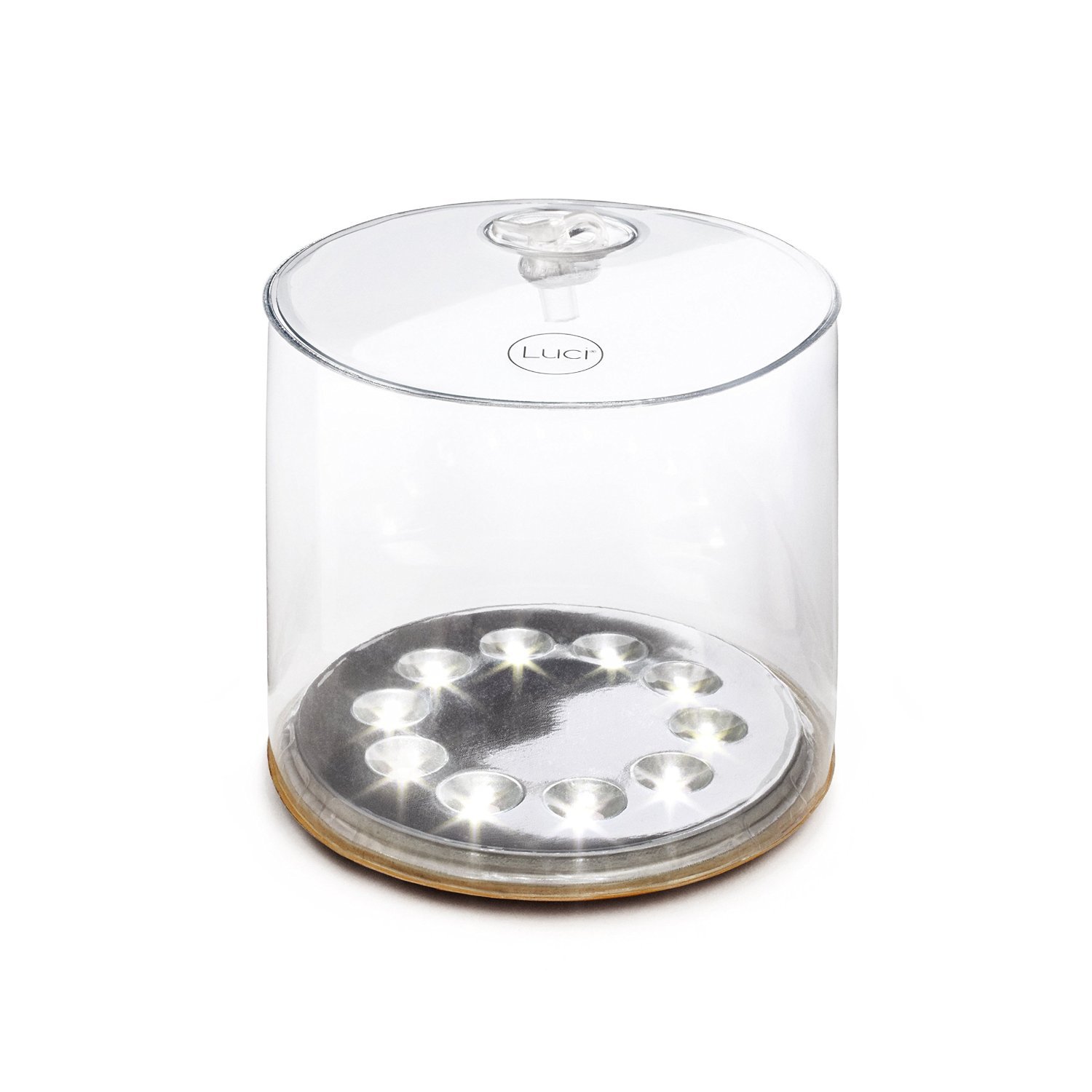
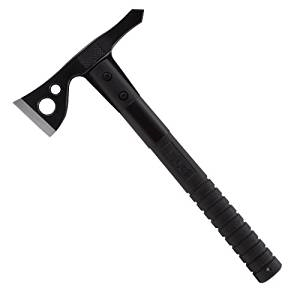
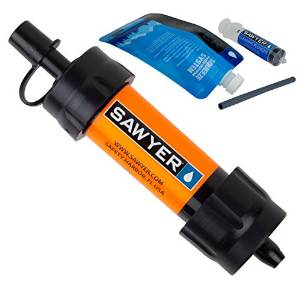
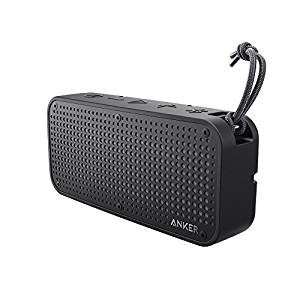
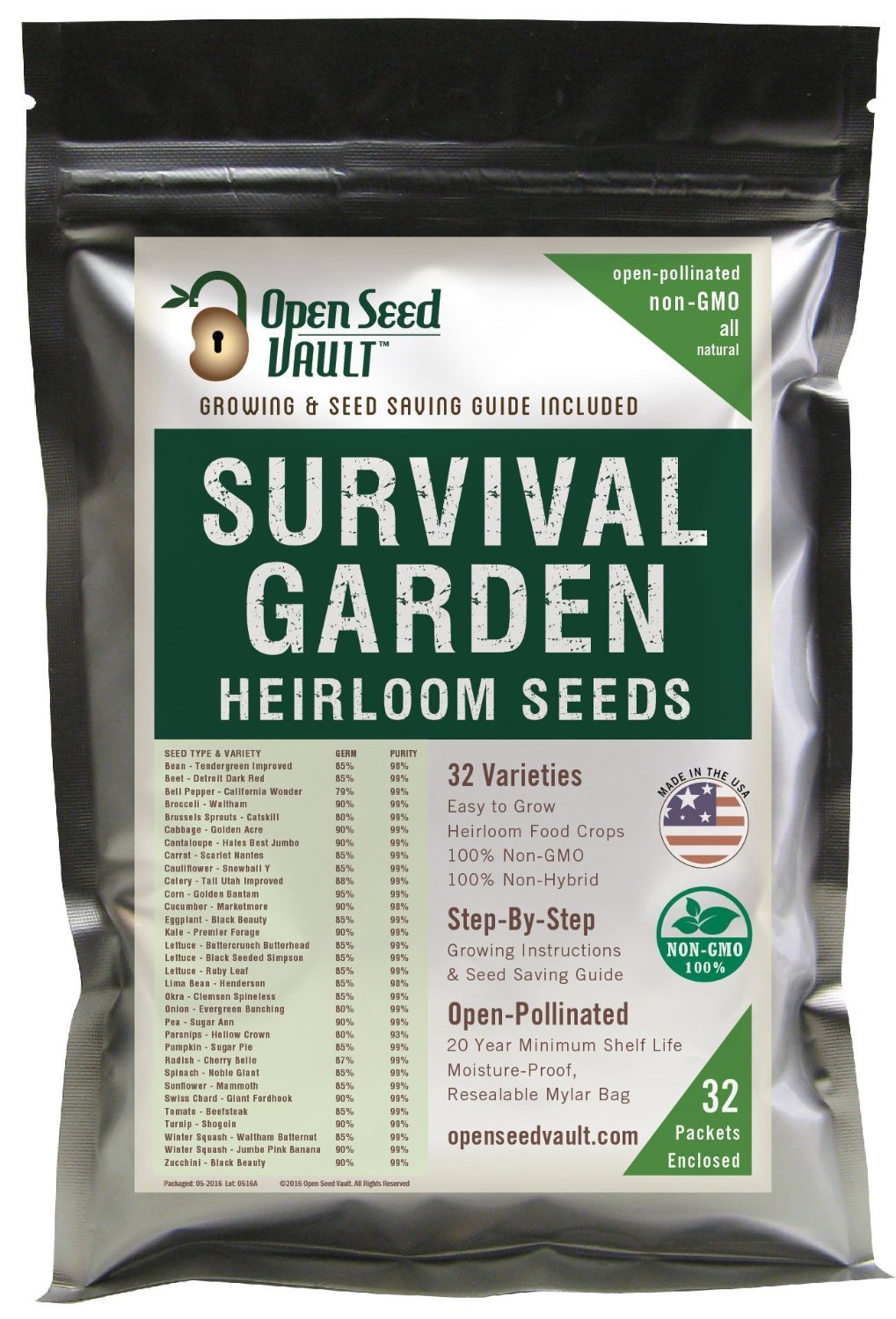
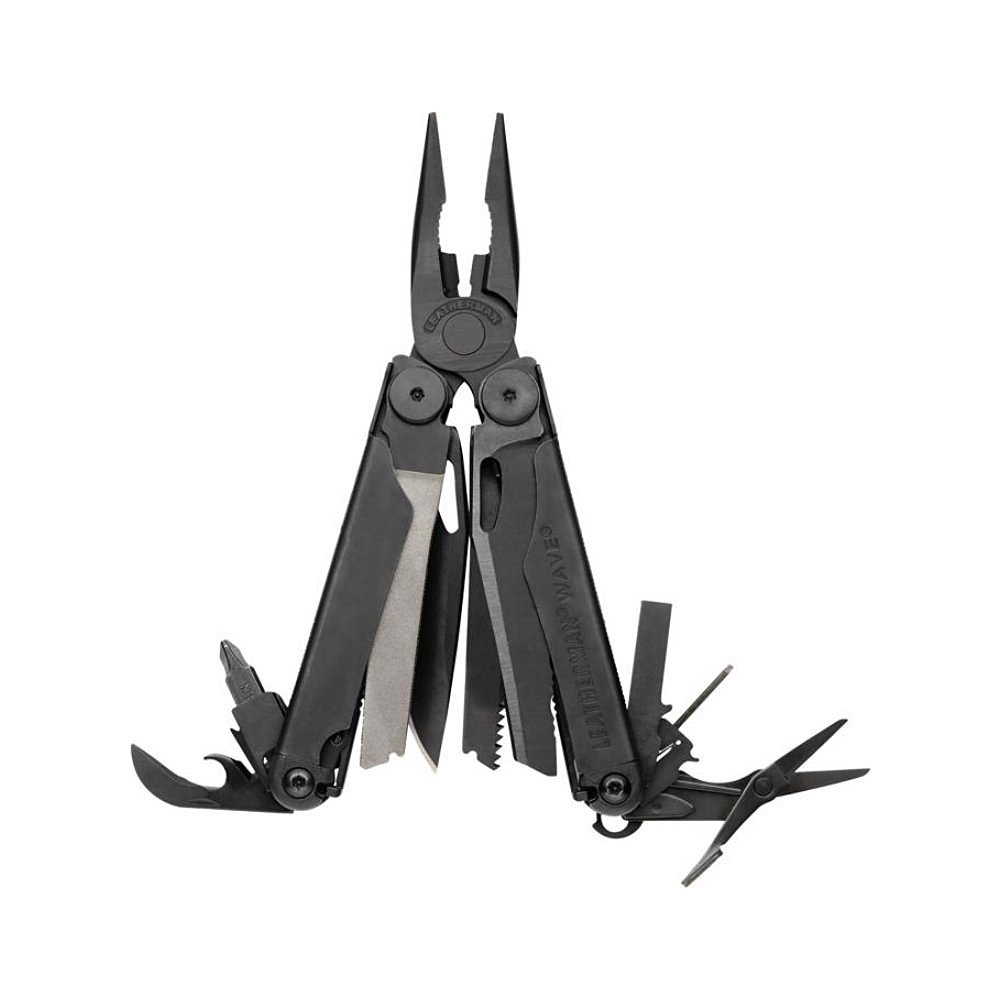
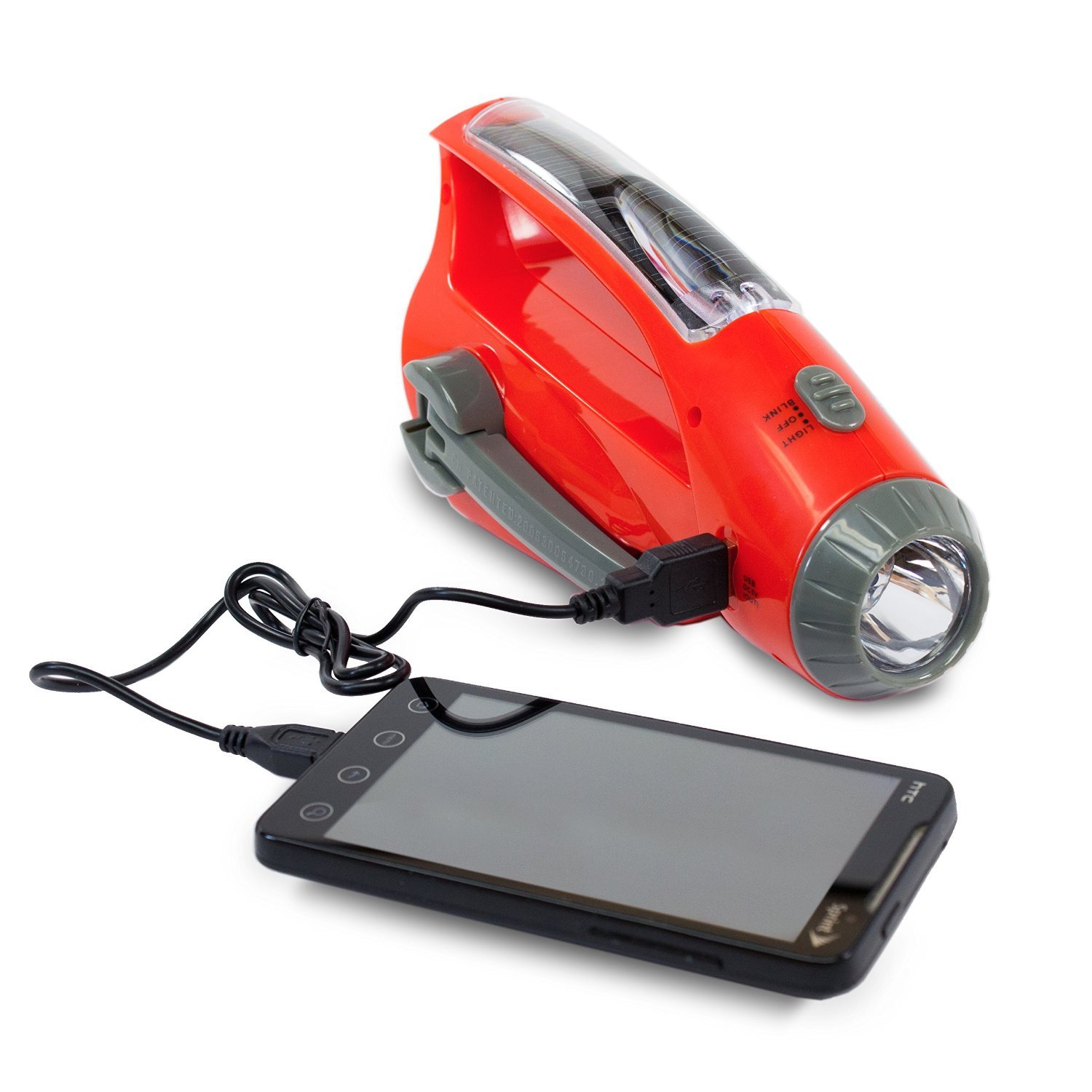
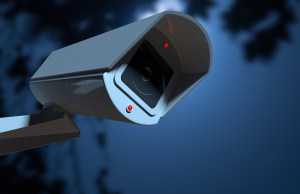



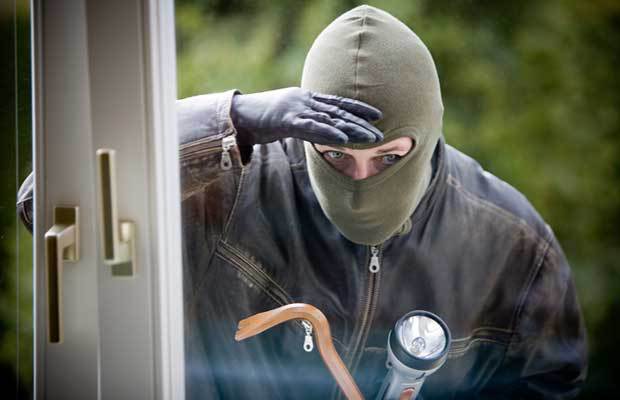

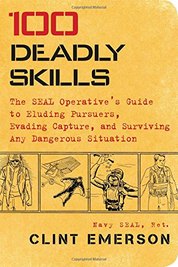
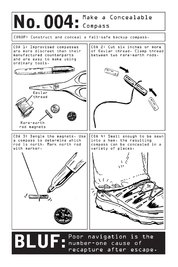
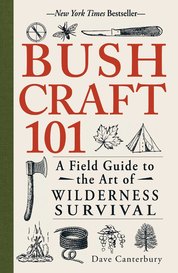
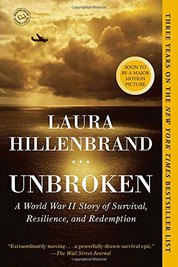
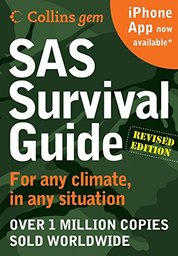
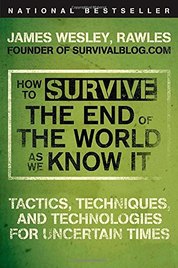
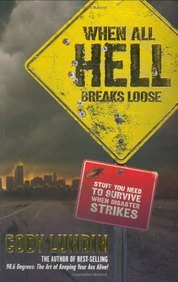 Survival expert Cody Lundin’s new book, When All Hell Breaks Loose: Stuff You Need To Survive When Disaster Strikes is what every family needs to prepare and educate themselves about survival psychology and the skills necessary to negotiate a disaster whether you are at home, in the office, or in your car.
Survival expert Cody Lundin’s new book, When All Hell Breaks Loose: Stuff You Need To Survive When Disaster Strikes is what every family needs to prepare and educate themselves about survival psychology and the skills necessary to negotiate a disaster whether you are at home, in the office, or in your car.